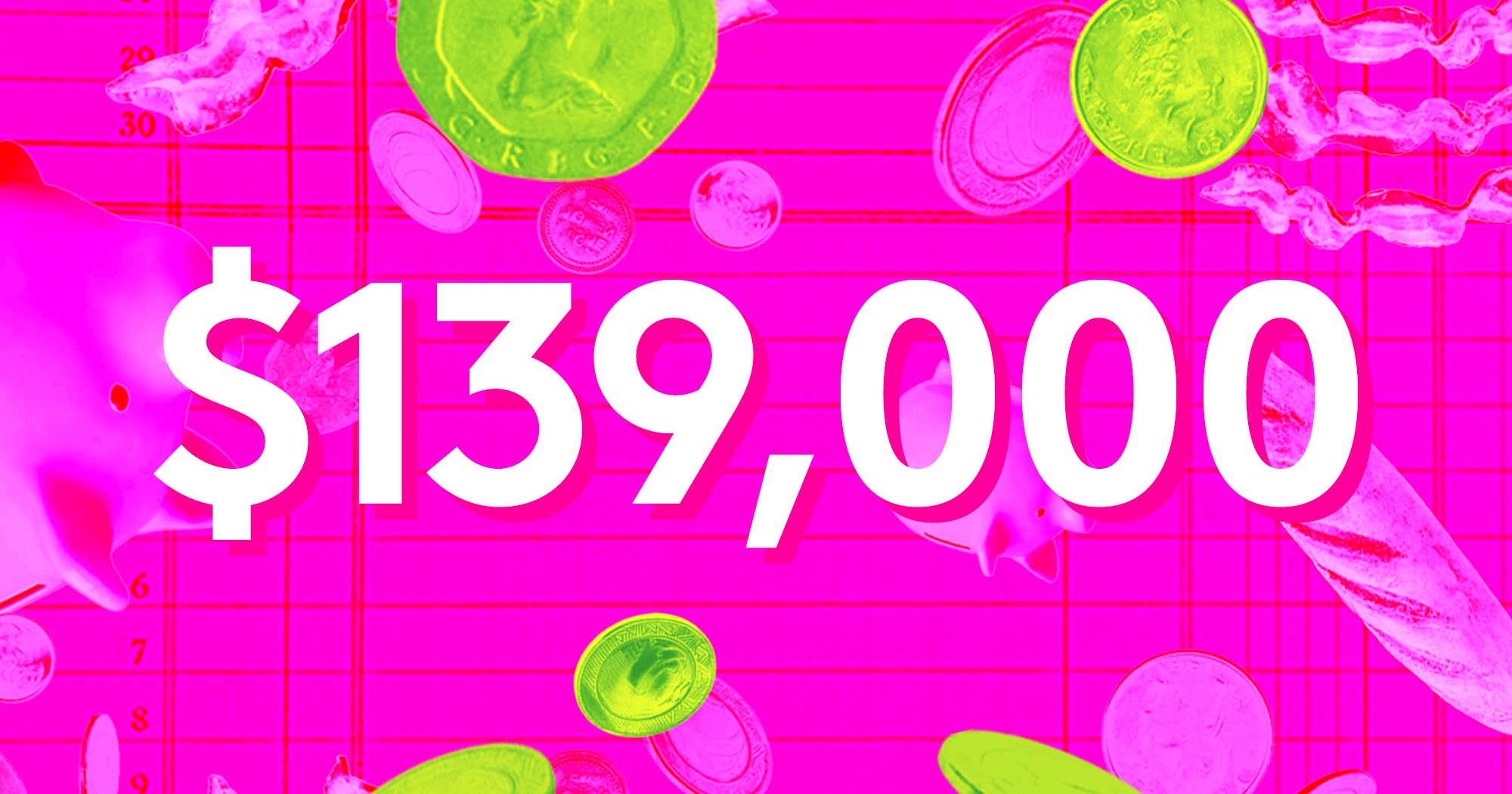Summary:
The 2024 presidential election saw a significant drop in Democratic support within New York City.
Kamala Harris won 67.7% of the vote in the city, down from 76% for Joe Biden in 2020 and 79% for Hillary Clinton in 2016.
The largest shifts towards red votes occurred in the Bronx and Queens.
Experts attribute the shift to a combination of factors, including economic dissatisfaction and scandals involving Democratic figures.
Similar shifts towards Trump were observed in New Jersey and Connecticut, both traditionally blue states.
New York City: A Shift Towards Red?
While New York's electoral votes went to the Democratic ticket, the 2024 presidential election saw a significant dip in Democratic support within New York City. Kamala Harris, the Democratic nominee, won 67.7% of the vote in the city, a drop from the 76% Joe Biden won in 2020 and the 79% Hillary Clinton won in 2016.
The largest shifts towards red votes occurred in the Bronx and Queens, with Donald Trump performing significantly better in these boroughs compared to previous elections.
What Caused The Shift?
Political experts are still analyzing the reasons for the drop in Democratic support. Some point to the economy, arguing that many Democrats who prioritize economic issues may have stayed home due to dissatisfaction.
Others note that immigration has been a contentious issue for Democrats in recent cycles, and scandals involving Democratic figures in New York City and statewide may have also played a role.
New York City Election Results:
- Harris: 1,748,140 votes (67.70%)
- Trump: 786,294 votes (30.45%)
- Write-in: 47,741 votes (1.85%)
Beyond New York City: Tri-State Trends
Similar shifts towards Trump were observed in New Jersey and Connecticut, both traditionally blue states. In New Jersey, five counties flipped from blue to red, with Passaic County experiencing a significant 20-point gain for Trump.
Even in affluent areas of the tri-state, like Bergen County, Trump saw a 13-point swing in his favor.
In Connecticut, Harris won with 55.8% of the vote, a decline from Biden's 59% win in 2020.
These trends suggest a broader shift in voter sentiment across the region, with economic dissatisfaction and other factors potentially contributing to the Republican gains.








Comments
Join Our Community
Create an account to share your thoughts, engage with others, and be part of our growing community.